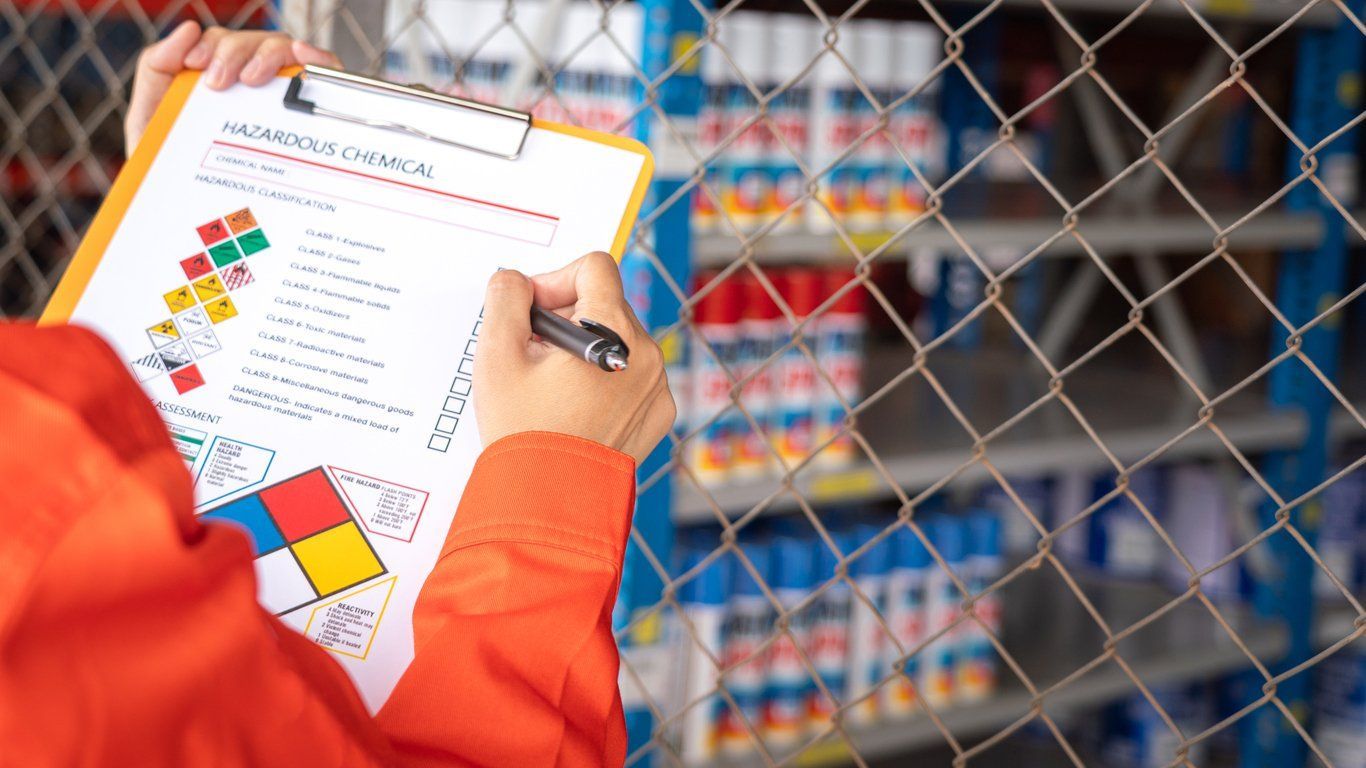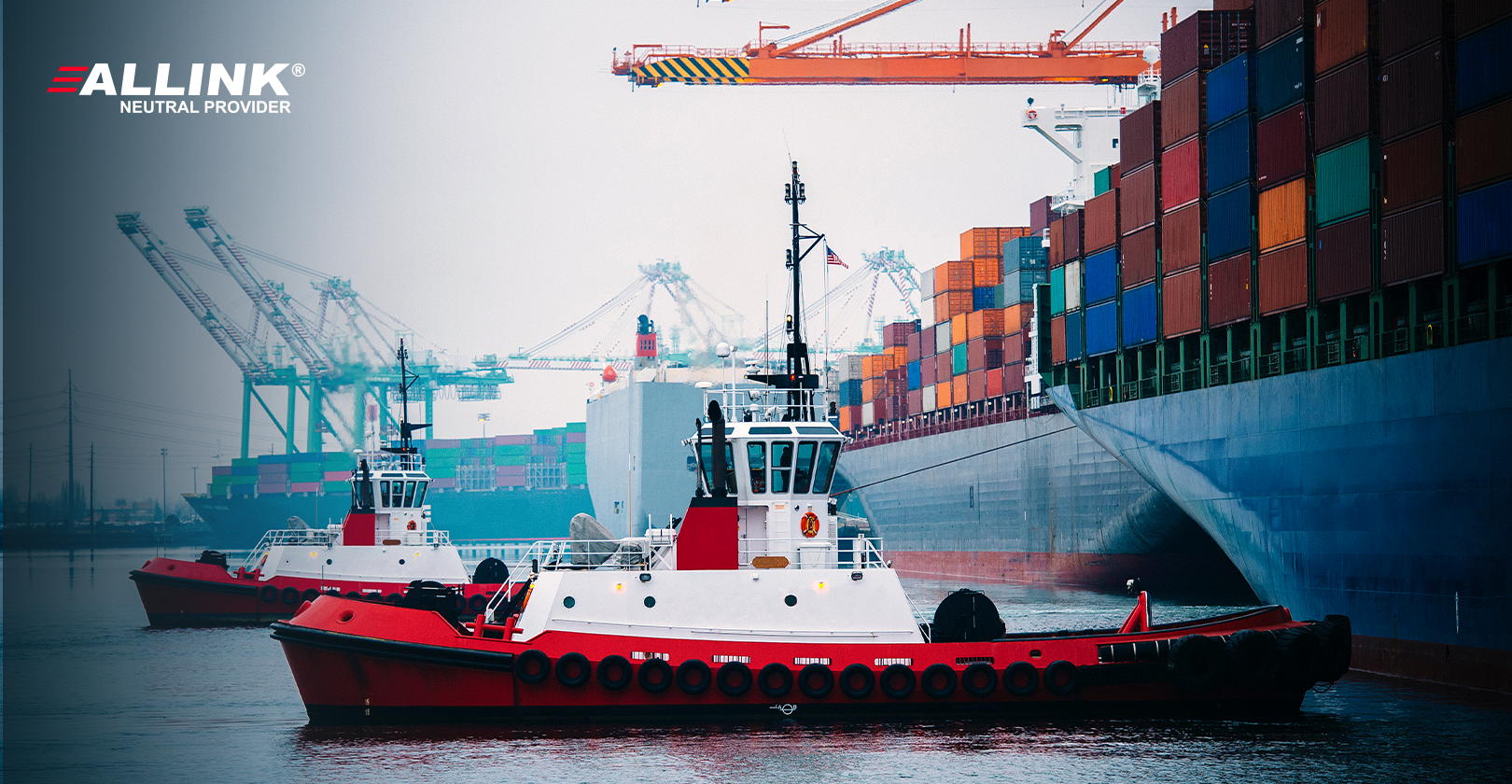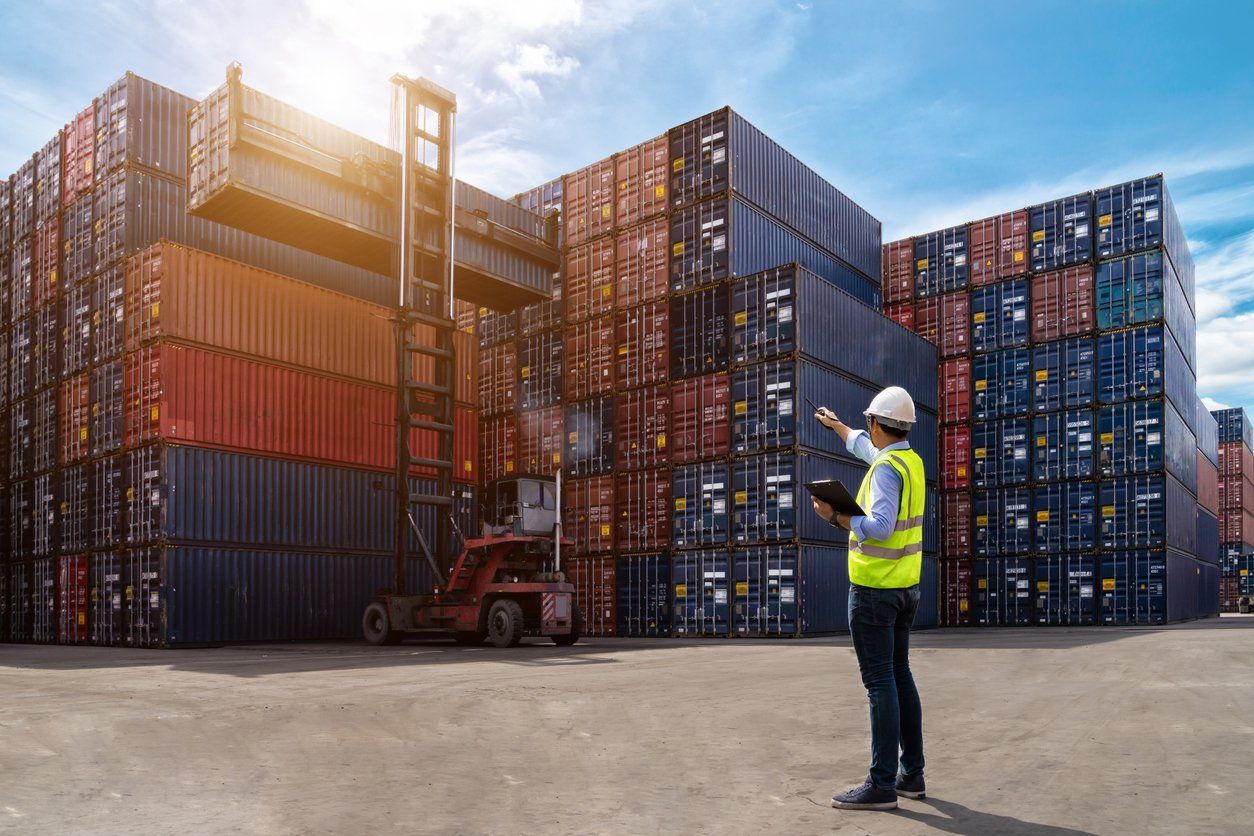
The movement of dangerous goods is a relevant activity in the logistics sector, especially in maritime transport. These operations require a high level of attention and compliance with strict regulations to ensure the safety of all involved, as well as the environment.
This article explores the main aspects of the movement of dangerous goods, including what this operation involves, the importance of stevedoring, the role of the IMDG Code, the materials and equipment required, and the main stevedoring techniques.
Moving dangerous goods: what is it and when is it done?
The movement of dangerous goods involves the transport of substances that, due to their physical, chemical or biological characteristics, pose significant risks to health, safety and the environment.
These cargoes are classified by the UN (United Nations) into nine distinct classes, ranging from explosives to radioactive materials. IMO is the acronym for the International Maritime Organization, which is also called dangerous goods.
The movement of these cargoes is essential in several industries, including chemical, petrochemical and pharmaceutical, where the safe transport of these materials is essential for continued operation and risk mitigation.
The maritime transport of these cargoes is regulated by the International Maritime Dangerous Goods Code (IMDG Code), which establishes specific guidelines for packaging, labeling, documentation and stowage.
What is stevedoring of dangerous goods?
The stowage of dangerous goods refers to the process of arranging and securing these goods on board a ship in order to ensure their stability and safety during the voyage.
This process is critical, as inadequate stowage can lead to serious accidents such as leaks, explosions or fires. The rules for the stowage of dangerous goods are detailed in the IMDG Code, which provides specific guidelines for the positioning and securing of different types of cargo.
During stowage, it is important to consider the compatibility of the cargoes to avoid dangerous chemical reactions. In addition, cargoes must be adequately separated and protected from physical damage.
The use of suitable securing materials, such as straps and chocks, and maintaining adequate ventilation are essential aspects to prevent accidents during maritime transport.
The role of the IMDG Code in the movement of dangerous goods
The IMDG Code is an internationally recognised set of standards applicable to the carriage of dangerous goods by sea. Developed by the IMO, it provides comprehensive guidelines to ensure the safe handling, storage and transport of these cargoes.
The code covers everything from the classification of dangerous goods to packaging, labelling and documentation requirements.
The importance of the IMDG Code lies in its ability to standardise procedures on a global scale, providing a clear standard to be followed by all those involved in the carriage of dangerous goods.
The code is updated periodically to reflect new knowledge and technology, ensuring that safety practices continually evolve. Adoption and strict compliance with the IMDG Code is essential to minimising the risks associated with the carriage of dangerous goods by sea.
Materials and equipment required for moving dangerous goods
The safe handling of dangerous goods requires the use of specific materials and equipment that meet the safety requirements established by the IMDG Code.
Among the main items are certified packaging (approved packaging), which must be robust (resistant) enough to withstand the adverse conditions of maritime transport, including variations in temperature, pressure and humidity.
In addition to packaging, it is necessary to use appropriate personal protective equipment (PPE) for workers handling these loads. This includes gloves, masks, safety glasses and chemical-resistant clothing.
Securing tools, such as lashing straps and wedges, are essential to ensure the stability of the loads during the journey.
Another important aspect is adequate documentation, such as the Material Safety Data Sheet (MSDS) and the emergency sheet, which provide crucial information on the hazards associated with the cargo and the safety measures necessary in the event of an incident.
Main techniques for stowage
Effective stowage of dangerous goods involves specific techniques to ensure safety and stability during sea transport.
One of the most important techniques is segregation, which involves physically separating different types of dangerous goods to prevent dangerous chemical reactions. This can be achieved through the use of separate compartments or specific spaces within the container.
Another crucial technique is the use of cushioning and securing materials to prevent movement of the goods during the journey. This includes the use of lashing straps, wooden chocks and absorbent materials to prevent spillage.
Adequate ventilation is also essential, especially for goods that release dangerous gases or vapors, to ensure that there is no build-up of flammable or toxic substances within the container.
Finally, regular inspection and maintenance of the stowage equipment and the goods themselves is essential to identify and correct any problems before they can cause accidents.
Proper training of workers involved in the stowage and handling of dangerous goods is equally important to ensure that all safety procedures are followed correctly.
Conclusion
Moving dangerous goods by sea is a complex process that requires rigorous safety measures and compliance with international regulations.
Freight forwarders and freight forwarders play a crucial role in ensuring that all stages, from packing to stowage, are carried out in accordance with the standards set out in the IMDG Code.
By following these guidelines, it is possible to minimize the risks associated with the transport of dangerous goods, protecting the health and safety of all involved and preserving the environment.
Want to know more? Then check out the infographic on how to transport IMO cargo.
Continue a navegar no blog da Allink
Mantenha-se informado sobre o comércio exterior
Assine nossa newsletter e receba atualizações semanais de forma gratuita sobre o mundo da logística.





